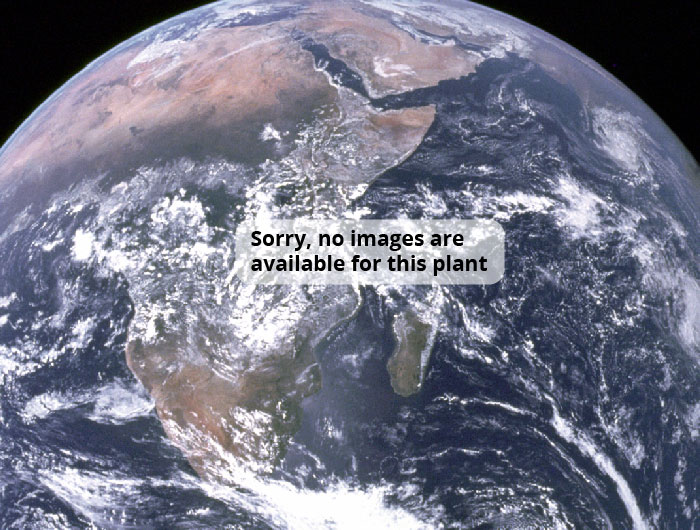Yellow-Eyed Grass
(Xyris anceps)
Yellow-Eyed Grass (Xyris anceps)
/
/

Image By:
Recorded By:
Copyright:
Copyright Notice:
Estimated Native Range
Climate Requirements for Clinton, Mississippi
| This Plant | Your Site | Plant Suitability for Your Location | ||
|---|---|---|---|---|
| • Precipitation | 16" - 179" | 56" | Aquatic | Aquatic |
| • High Temp. | 71°F - 103°F | 92°F | Your summer temperatures are normal for this plant. | Excellent |
| • Low Temp. | 34°F - 73°F | 34°F | Your winter temperatures may be too cold for this plant | Too cold |
This plant should grow well at your location with about N inches per year (Y minutes per month) of irrigation.
Summary
Xyris anceps, commonly known as Yellow-eyed Grass or Coastal Plain Yellow-eyed Grass, is a perennial herb native to wetlands, including bogs, fens, and wet savannas in West Coast of South America and the East and West Coasts of Africa. It typically grows slowly to a height of 0.5-1.5 feet (0.15-0.5 meters) and a width of 0.5-1 feet (0.2-0.3 meters). This plant features narrow, grass-like leaves and bears small, round, yellow flowers atop slender stalks that bloom in the summer. The flowers are quite showy when viewed up close, but due to their small size, they may not be as noticeable from a distance.
Yellow-eyed Grass is valued for its unique appearance and ability to thrive in wet conditions, making it suitable for water gardens, rain gardens, and naturalized wetland plantings. It is also used in restoration projects to stabilize soil and support wetland ecosystems. In cultivation, it requires full sun to part shade and prefers slow-draining clay or loam soils with consistent moisture. While it is not a common garden plant, it can add interest to specialized plantings. It is relatively low maintenance but may need to be managed to prevent it from spreading too aggressively in ideal conditions.CC BY-SA 4.0
Yellow-eyed Grass is valued for its unique appearance and ability to thrive in wet conditions, making it suitable for water gardens, rain gardens, and naturalized wetland plantings. It is also used in restoration projects to stabilize soil and support wetland ecosystems. In cultivation, it requires full sun to part shade and prefers slow-draining clay or loam soils with consistent moisture. While it is not a common garden plant, it can add interest to specialized plantings. It is relatively low maintenance but may need to be managed to prevent it from spreading too aggressively in ideal conditions.CC BY-SA 4.0
Plant Description
- Plant Type:
- Height: 0.5-1.5 feet
- Width: 0.5-1 feet
- Growth Rate: Slow
- Flower Color: N/A
- Flowering Season: Summer
- Leaf Retention: Evergreen
Growth Requirements
- Sun: Full Sun
- Water: High
- Drainage: Slow, Standing
Common Uses
Border Plant, Low Maintenance, Water Garden
Natural Habitat
Wetlands, including bogs, fens, and wet savannas
Other Names
Common Names: Coastal Plain Yellow-eyed Grass
Scientific Names: Xyris anceps , Xyris thompsoniae
GBIF Accepted Name: Xyris anceps